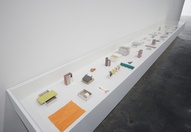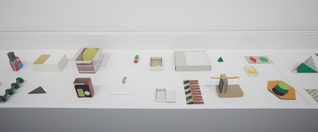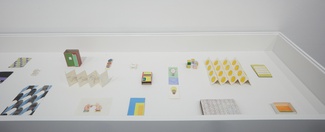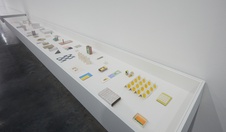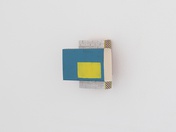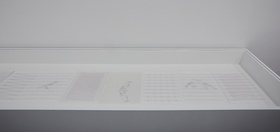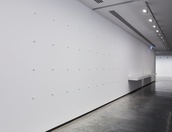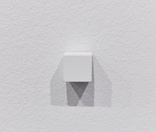Eugene Carchesio
Meanjin/Brisbane
2023
Displayed 2023 at Museum of Contemporary Art Australia
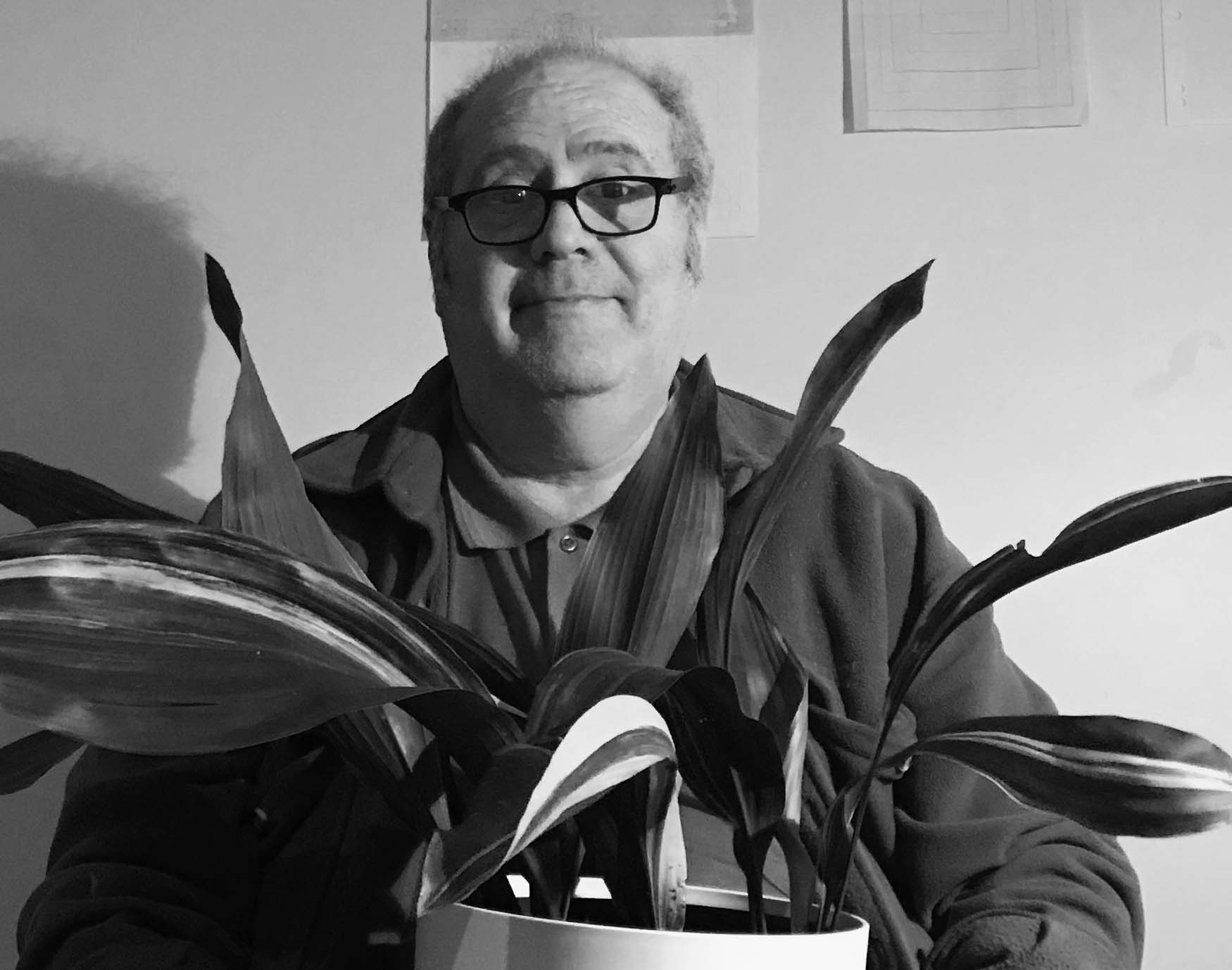
Eugene Carchesio
Born 1960, Meanjin/Brisbane
Lives and works Meanjin/Brisbane
Eugene Carchesio is a visual artist and musician who is well-known for creating small-scale watercolours and assemblages. Using everyday ephemera such as matchboxes and found manuscripts, he employs distilled forms of representations to explore their essence. Carchesio’s work is held in major public collections including the Art Gallery of New South Wales, the National Gallery of Victoria, the Queensland Art Gallery | Gallery of Modern Art, the Art Gallery of Western Australia and the Waikato Museum. His work has been included in numerous exhibitions since the 1980s, including: Conscious Intuition, the Margaret Lawrence Gallery (now the Fiona and Sidney Meyer
Gallery), Victorian College of the Arts, Melbourne (2019); Call of the Avant-Garde: Constructivism and Australian Art, Heide Museum of Modern Art, Melbourne (2017); Every Brilliant Eye: Australian Art of the 1990s, National Gallery of Victoria (2017); and Sugar Spin: You, me, art and everything, Queensland Art Gallery | Gallery of Modern Art, Brisbane (2016). In 2008, the Queensland Art Gallery | Gallery of Modern Art presented the major survey exhibition of Carchesio’s work, Someone’s Universe: The Art of Eugene Carchesio.
Photograph: the artist and Milani Gallery, Meanjin, Brisbane
Artist text
by Nikita Holcombe
For Eugene Carchesio, art, life, and philosophy are inextricably linked. Carchesio’s works for The National 4 are a continued exploration of these entangled forces, which he first began interrogating in the 1980s. While the Brisbane-based artist is best known for his diminutive matchbox constructions and his colourful watercolours, he is also an established musician. In his practice, audio and visual artistic dialogues seamlessly feed into one another, revealing an intuitive and improvisational approach to art-making. The resulting works, influenced by simple yet profound observations of the world around him, carry a sense of rhythm whereby each work acts as a part in the overall, connecting composition.
In his sculptural practice, Carchesio favours everyday materials and often creates assemblages that embody miniature worlds within themselves. Through his working process, Carchesio gives new life and meaning to used and ‘poor’ materials, such as cardboard and paper simply torn from notebooks. His intimate matchbox constructions can sometimes appear hard-edged, but are made fragile through their materiality. The everyday materials and improvisational construction of the artist’s work embody a sense of dynamism, and reference various moments in the history of early-20th-century art, such as the Russian constructivist notion that artistic forms both contain and expel energy.
This concept is exemplified in the matchbox itself, which is articulated by one of Carchesio’s other key art historical influences, the artist Joseph Beuys, as a metaphor for spent energy. For Carchesio, the matchbox does not only represent spent energy, but acts as a device to contain and expel it. Nestled within and protruding from Carchesio’s matchbox ‘energy repositories’ are simple shapes and structures in primary colours, which also allude to Kazimir Malevich and his interrogation and elevation of dynamic geometric forms. This current of energy also runs through Carchesio’s repetitious use of cones, drawing influence from the human, which act as both conductors and receptors of energy that have the ability to focus and amplify.
Carchesio’s colourful watercolours echo similar ideas. Often painted on grid or found paper, Carcheiso depicts both figurative forms, such as leaves and birds, and pure geometric shapes. The medium of watercolour allows for Carchesio’s exploration of the connection between light and energy, where the thin paint’s translucency suggests transience, and allows the exposure of the light materiality of the paper. While watercolour is quick to apply and to settle in, the paint wears thin and fades over time, further exposing the lightness of the paper.
Carchesio’s intimate two- and three-dimensional compositions are not presented in isolation. Rather, they are placed together in considered constellations across a wall’s surface, or arranged within a vitrine. Influenced by Beuys’ use of vitrines to elevate objects within museum contexts, for Carchesio this allows the connections between the works, as individual thoughts, to reveal themselves. As the installations exhibited in The National 4 quietly demonstrate, Carchesio’s works do not exude a demanding presence. Instead, his intimate compositions invite close contemplation and a poetic reimagining of the everyday.
Artist's acknowledgements
Eugene Carchesio is represented by Milani Gallery, Brisbane, and Sutton Gallery, Melbourne.
